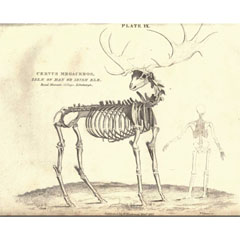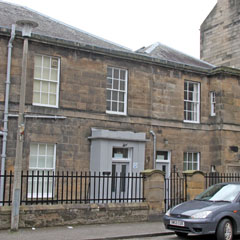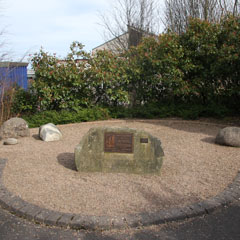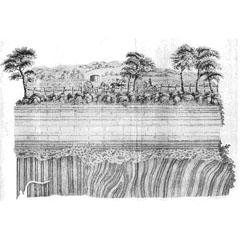 National Museum of Scotland, Chambers St, Edinburgh EH1 1JF
National Museum of Scotland, Chambers St, Edinburgh EH1 1JF
The magnificent skeleton of this extinct beast was added to the collection of Edinburgh University’s natural history museum in 1821 by Robert Jameson. It is not in fact a close relative of modern elks, but is a species of extinct giant deer. The skeleton was discovered in a bog in Ballaugh on the Isle of Man, and brought to Edinburgh through the efforts of the Duke of Atholl. This remarkable creature was at the centre of early debates on extinction. The great French geologist, Georges Cuvier, famously used it as an example of a species that was now completely extinct.

Giant Irish Elk, from George Cuvier’s Theory of the Earth (1827), edited by Robert Jameson.

 The Meadows, Melville Drive, Edinburgh EH3 9EX
The Meadows, Melville Drive, Edinburgh EH3 9EX
 16 Duncan Street, Edinburgh EH9 1SR
16 Duncan Street, Edinburgh EH9 1SR


